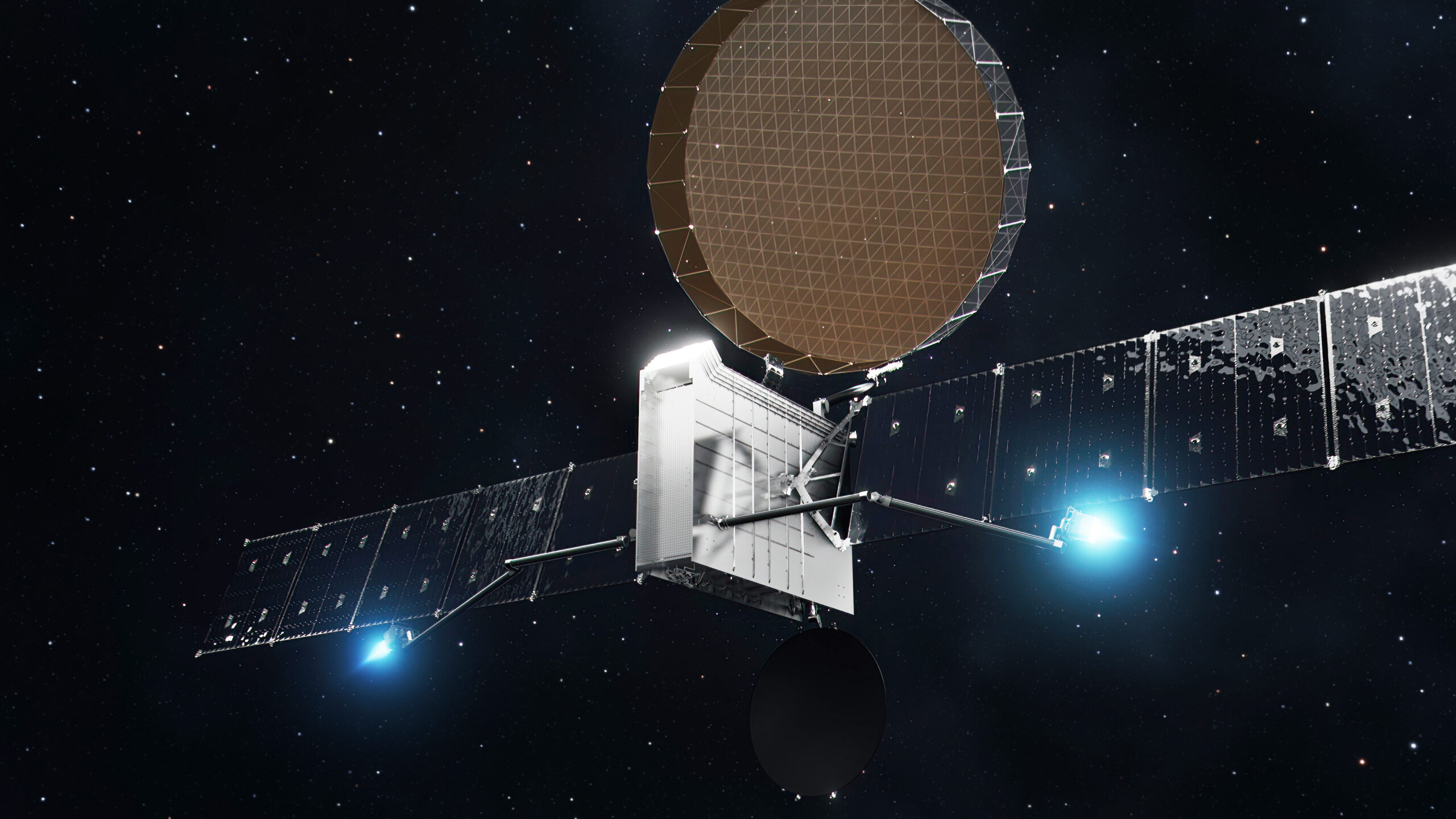TAMPA, Fla. — Astranis has raised $200 million to fully fund its Omega program up to the launch of the first next-generation broadband spacecraft in 2026, the geostationary satellite maker announced July 24.
The venture has raised $750 million since it was founded in 2015 to provide more cost-effective satellites that, around the size of a dishwasher, are much smaller than classic, school bus-sized geostationary broadband spacecraft.
While Omega would be slightly bigger than previous Astranis generations to deliver five times more throughput, CEO John Gedmark said it could still fit up to 12 on a medium-class rocket such as SpaceX’s Falcon 9.
Venture capital firm Andreessen Horowitz co-led the Series D funding round with investment firm BAM Elevate. Andreessen Horowitz’s growth fund first invested in Astranis in 2023 when it led a $200 million equity and debt funding round.
Investment management firms Blackrock, Fidelity and Baillie Gifford also participated in the Series D fundraise.
Astranis, which operates the satellites it builds and leases the capacity over their roughly eight-year design life, declined to discuss any potential customers for Omega.
The company has only launched one spacecraft so far: Arcturus in April 2023. Arcturus was initially slated to provide broadband services over Alaska for local telco Pacific Dataport, but suffered a failure of two onboard solar array drive assemblies shortly after deployment.
Instead, Astranis moved the spacecraft to a geostationary orbital slot over Asia to help Israeli satellite operator Spacecom meet a regulatory deadline for bringing the position into use.
A following batch of four Astranis satellites were due to fly on a Falcon 9 last year but were delayed after the Arcturus issue.
Astranis said it has fixed the issue on these upcoming satellites, collectively Block 2, for a Falcon 9 launch this year but has not provided more details.
A replacement for Pacific Dataport is one of the four Block 2 satellites. They are due to be followed by five Block 3 satellites slated to launch in 2025 on an undisclosed dedicated rocket.
These nine upcoming satellites are designed to provide 10-12 gigabits per second of throughput for their customers. Integral to an Omega design to provide 50 Gbps of throughput is a large deployable reflector from Louisville, Colorado-based Tendeg.
Larger geostationary broadband satellites can provide significantly more throughput because they have more room for transponders and power — and are also typically designed to be in service twice as long.
However, Astranis and other small geostationary specialists such as Switzerland’s Swissto12 see growing demand for cheaper, more regionally focused spacecraft.
Block 2 also includes a satellite for capacity reseller Orbits Corp of the Philippines and two spacecraft for U.S.-based connectivity specialist Anuvu.
Block 3 comprises another satellite for Orbits Corp, one for Thai fleet operator Thaicom, one for Argentina-based remote connectivity provider Orbith and a pair of spacecraft for Mexican telco Apco Networks.
Related
Read the original article here
